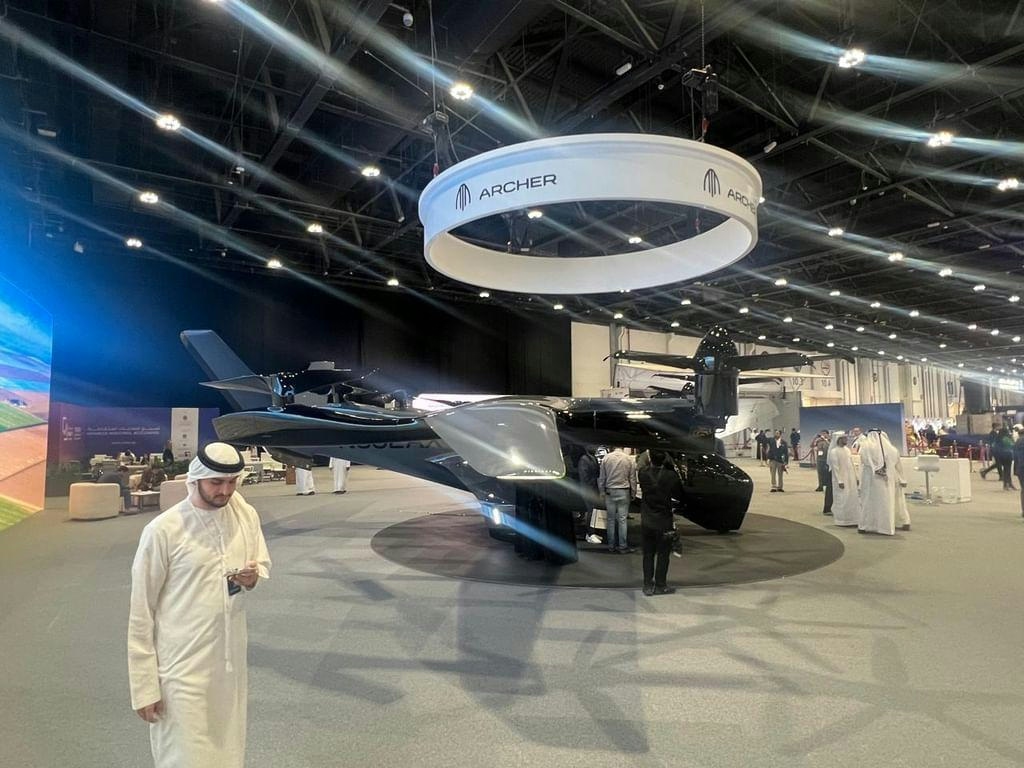
Correo más inteligente, negocios más rápidos. Etiqueta, analiza y responde automáticamente a solicitudes, cotizaciones, pedidos y más — al instante.
Tendencias
ADS-B In System Now Standard on American Airlines A321s
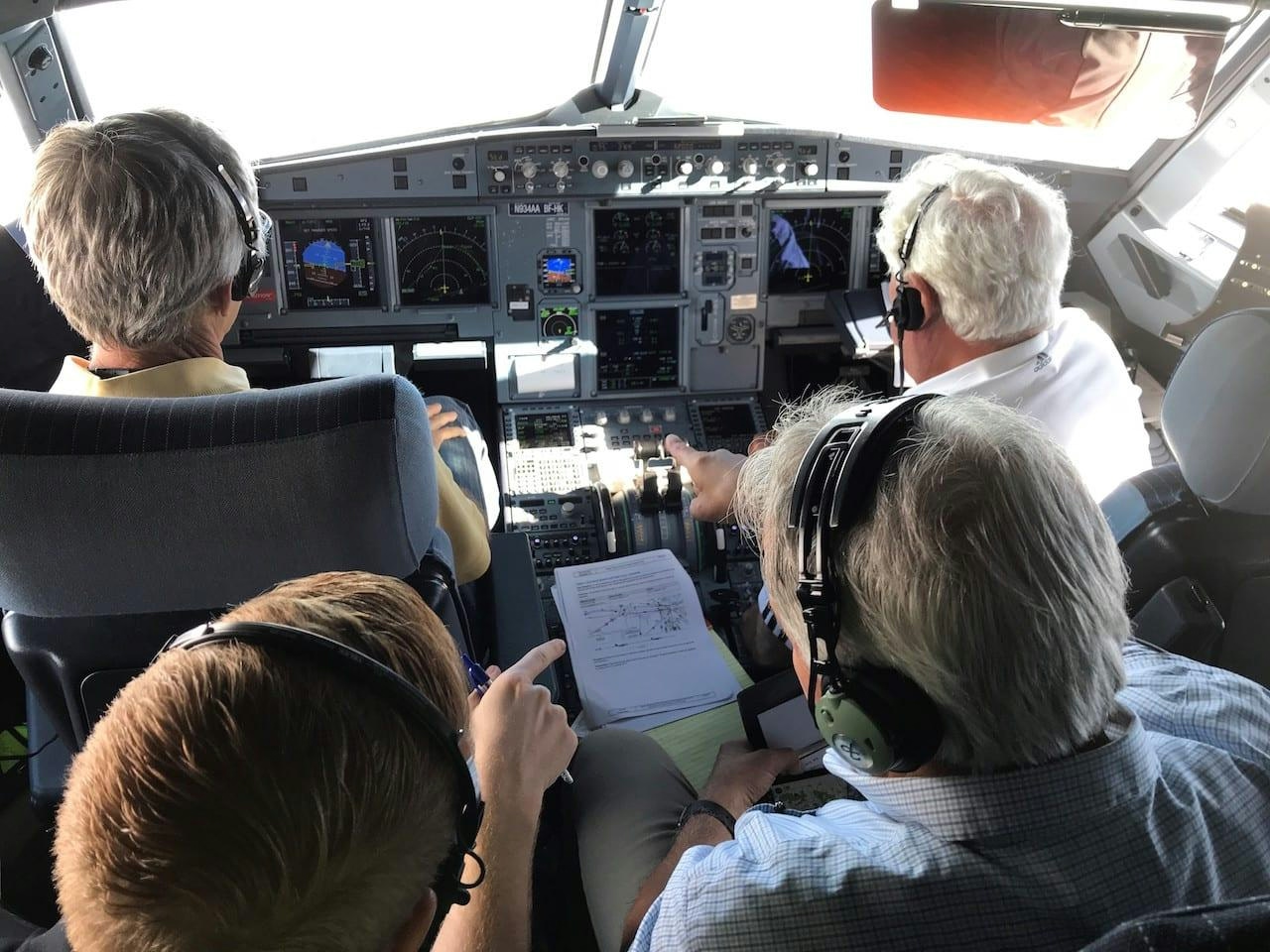
ADS-B In System Now Standard on American Airlines A321s
American Airlines has commenced the installation of the ADS-B In system as a standard, line-fit feature across its Airbus A321 fleet, marking a notable advancement in aviation safety and operational efficiency. This adoption places the airline at the forefront of integrating cutting-edge surveillance technology that allows aircraft to receive real-time traffic information, thereby significantly enhancing pilots’ situational awareness.
Enhancing Safety and Operational Efficiency
The implementation of ADS-B In is anticipated to yield multiple benefits, foremost among them improved safety margins and more streamlined flight operations. By furnishing pilots with continuous updates on the positions of nearby aircraft, the system reduces the risk of mid-air collisions and facilitates more precise navigation, especially in congested airspace. This capability is crucial for maintaining safe separation between aircraft and optimizing flight paths, contributing to overall air traffic management improvements.
Technical and Industry Implications
Despite its advantages, the rollout of ADS-B In presents technical challenges. Ensuring full compatibility with existing aircraft systems demands close collaboration between aircraft manufacturers and airline technical teams. Addressing potential installation issues is essential to preserve operational reliability and minimize disruptions to flight schedules.
Market analysts suggest that American Airlines’ proactive adoption of ADS-B In may enhance investor confidence, as the integration of advanced safety features is often viewed positively by stakeholders. This development could influence the airline’s stock performance by underscoring its commitment to leveraging technology for safer and more efficient operations.
The move is also expected to trigger competitive responses from other major carriers. As American Airlines establishes a new benchmark, industry observers anticipate that rival airlines will accelerate their own adoption of similar surveillance and safety technologies to remain competitive. Complementary advancements, such as Honeywell’s runway safety technology, are gaining attention as additional measures that further bolster operational safety across the sector.
As the aviation industry continues to prioritize safety and efficiency, the standardization of ADS-B In on American Airlines’ A321s highlights the airline’s leadership in embracing next-generation avionics. The broader trend toward advanced safety systems is likely to persist, with airlines and technology providers collaborating to overcome integration challenges and deliver measurable benefits to passengers and stakeholders alike.
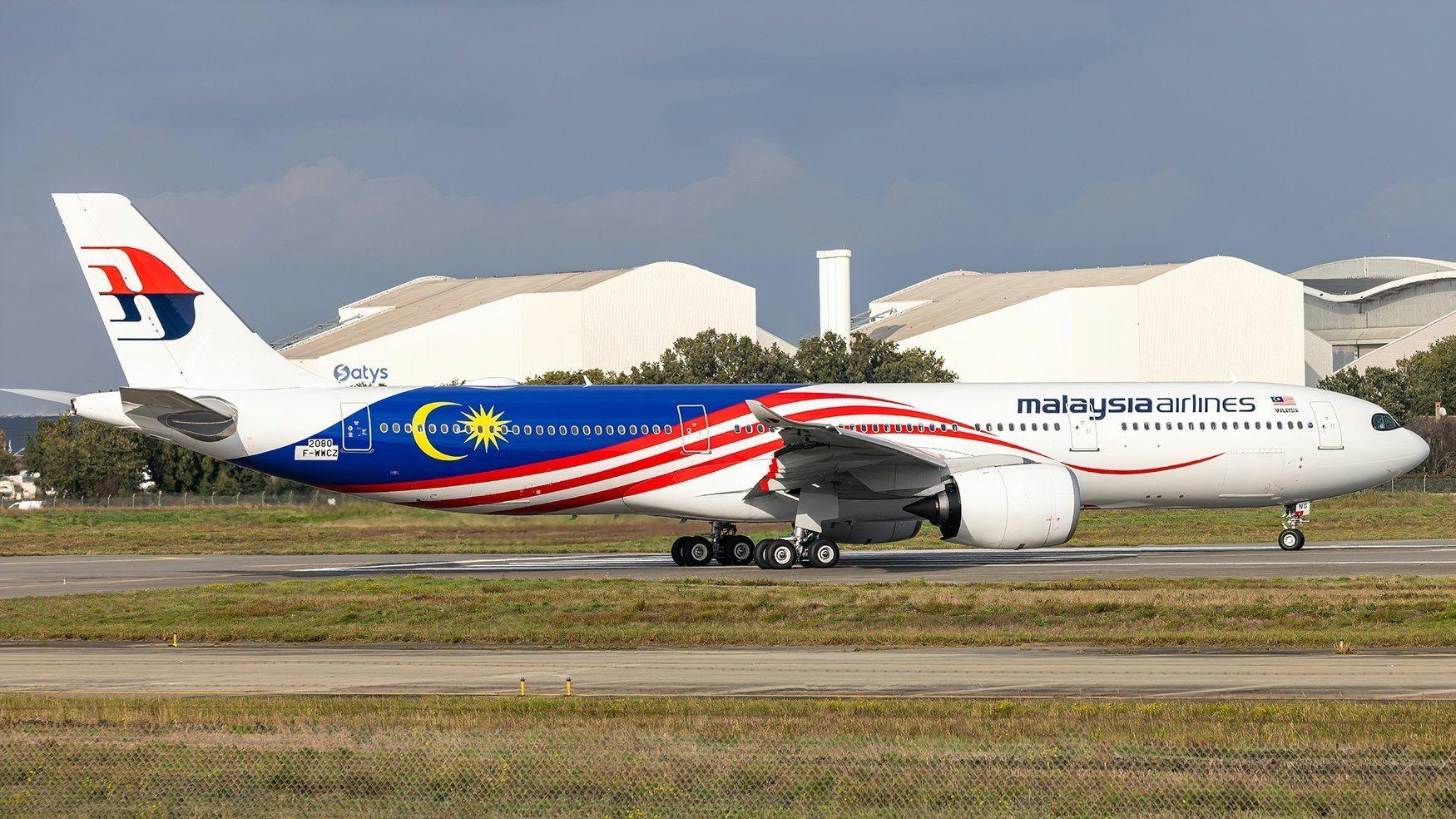
Malaysia Aviation Group Expected to Confirm Airbus A330neo Order During Anwar’s Paris Visit
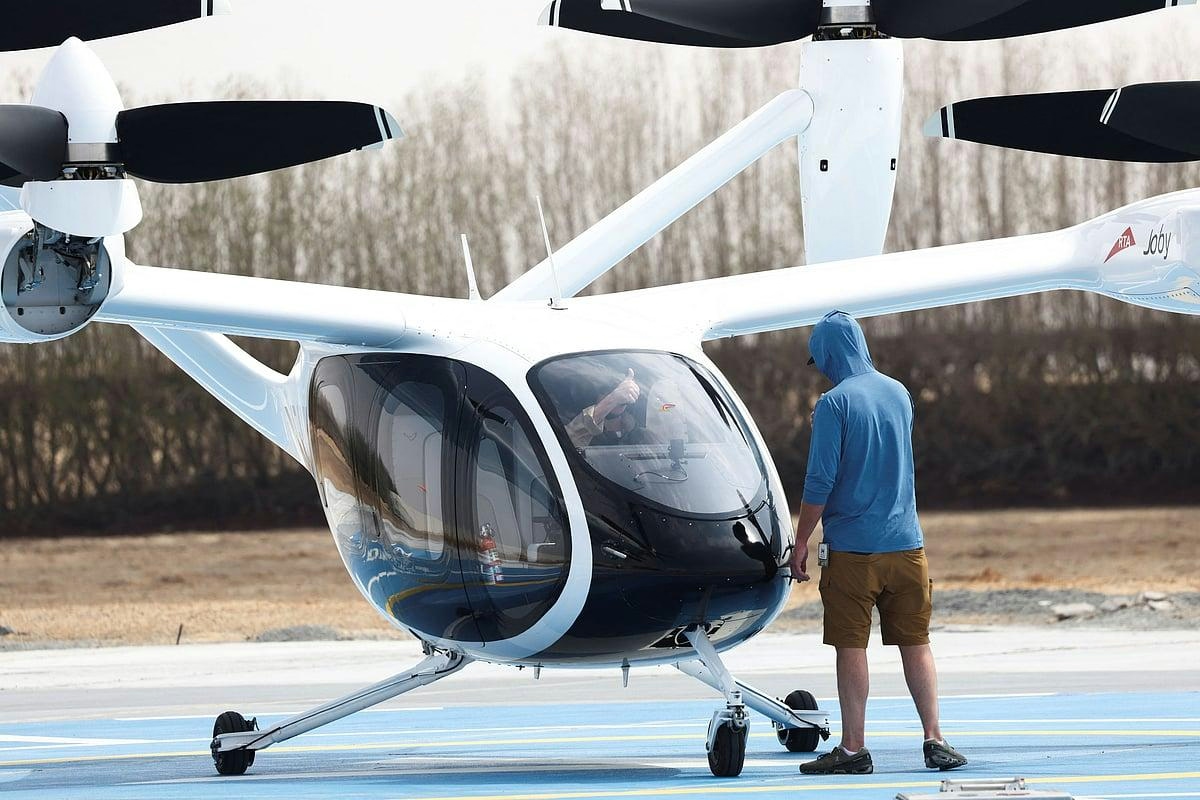
US Firm and Abu Dhabi Collaborate on Successful Flying Taxi Test

Global Aviation Industry Overview
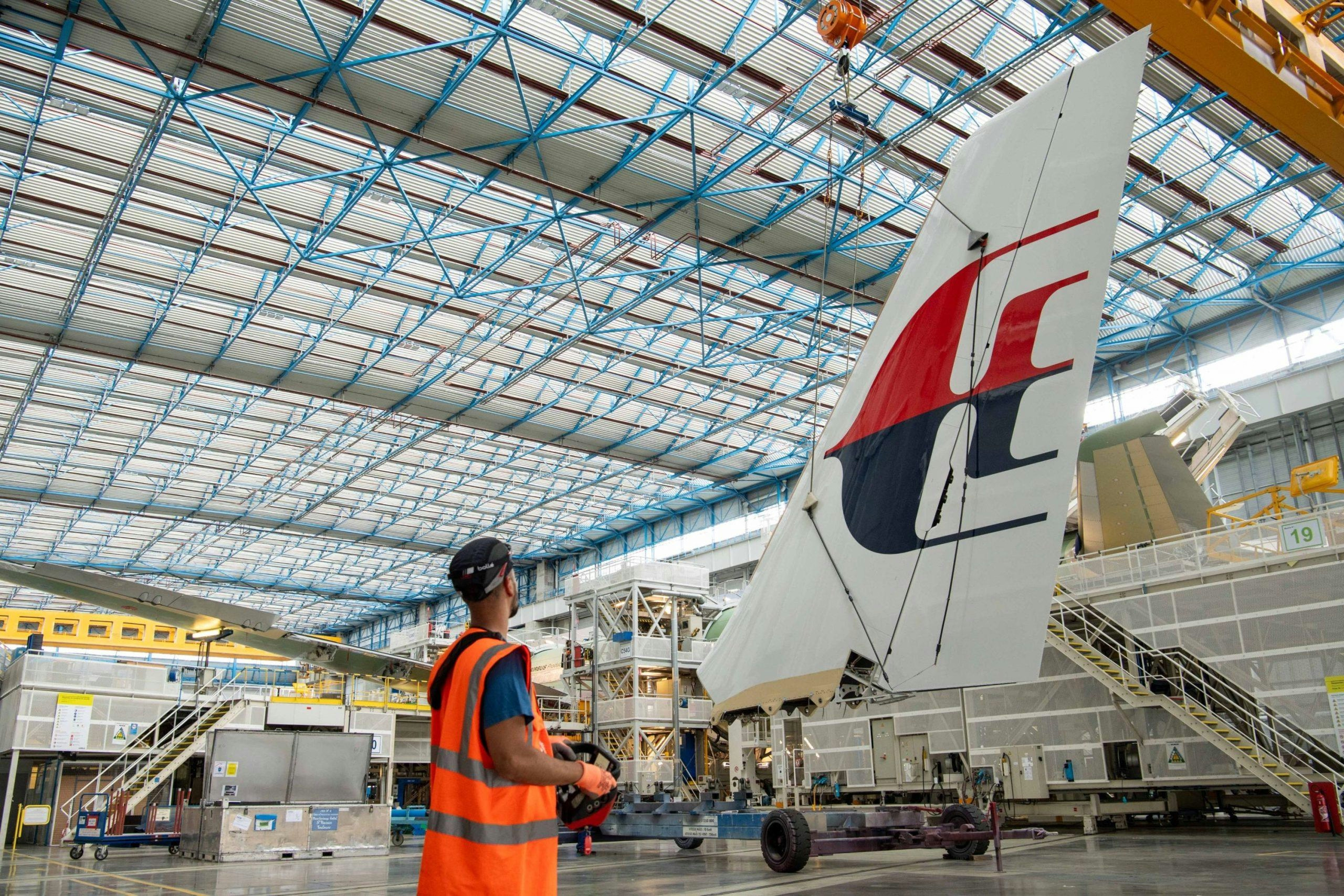
Sources: Airbus Close to Securing A330neo Order from Malaysia

Petrolimex Aviation Partners with CDNetworks to Enhance Cybersecurity Using AI Cloud Platform
CDNetworks and Petrolimex Aviation: How AI-Driven Cybersecurity Fuels APAC Cloud Infrastructure Growth
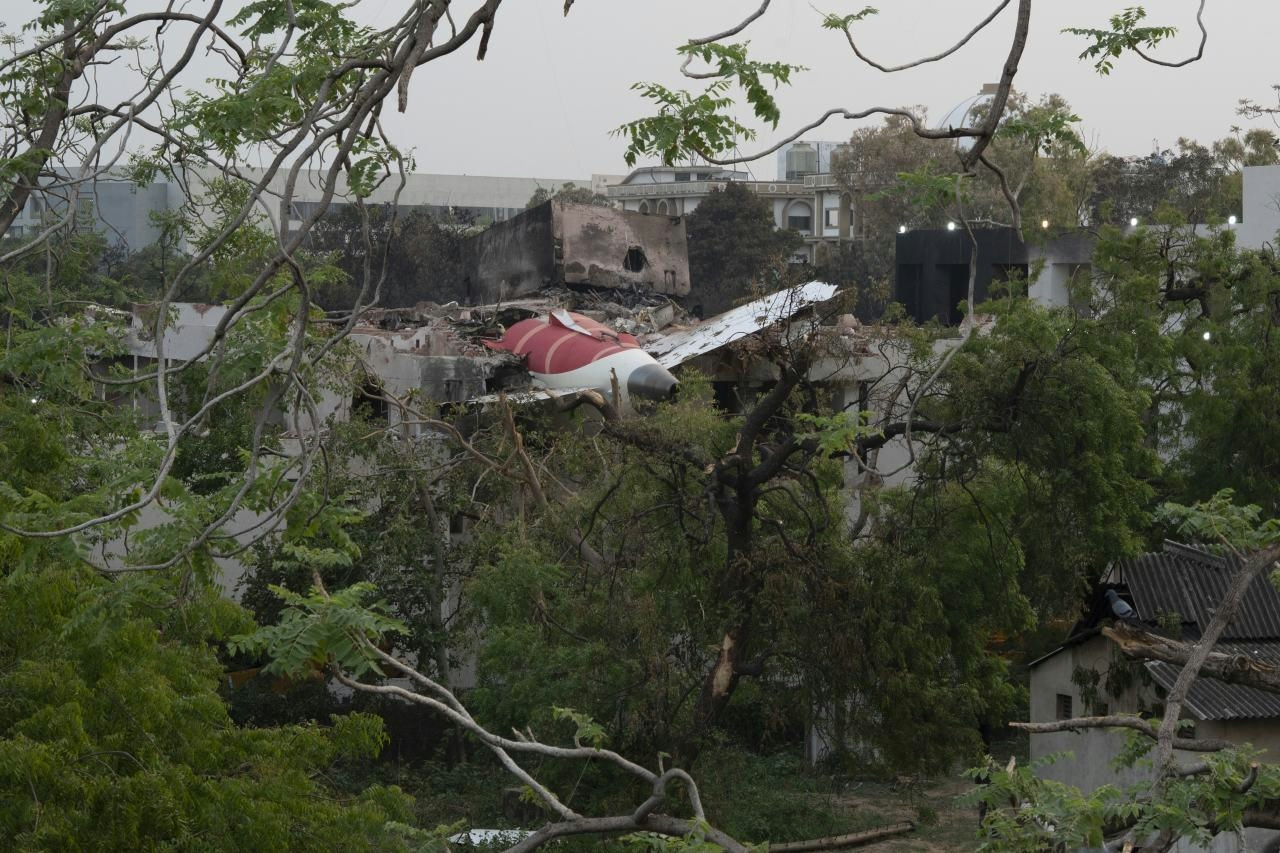
Investigators Examine Dual-Engine Failure in Air India Crash
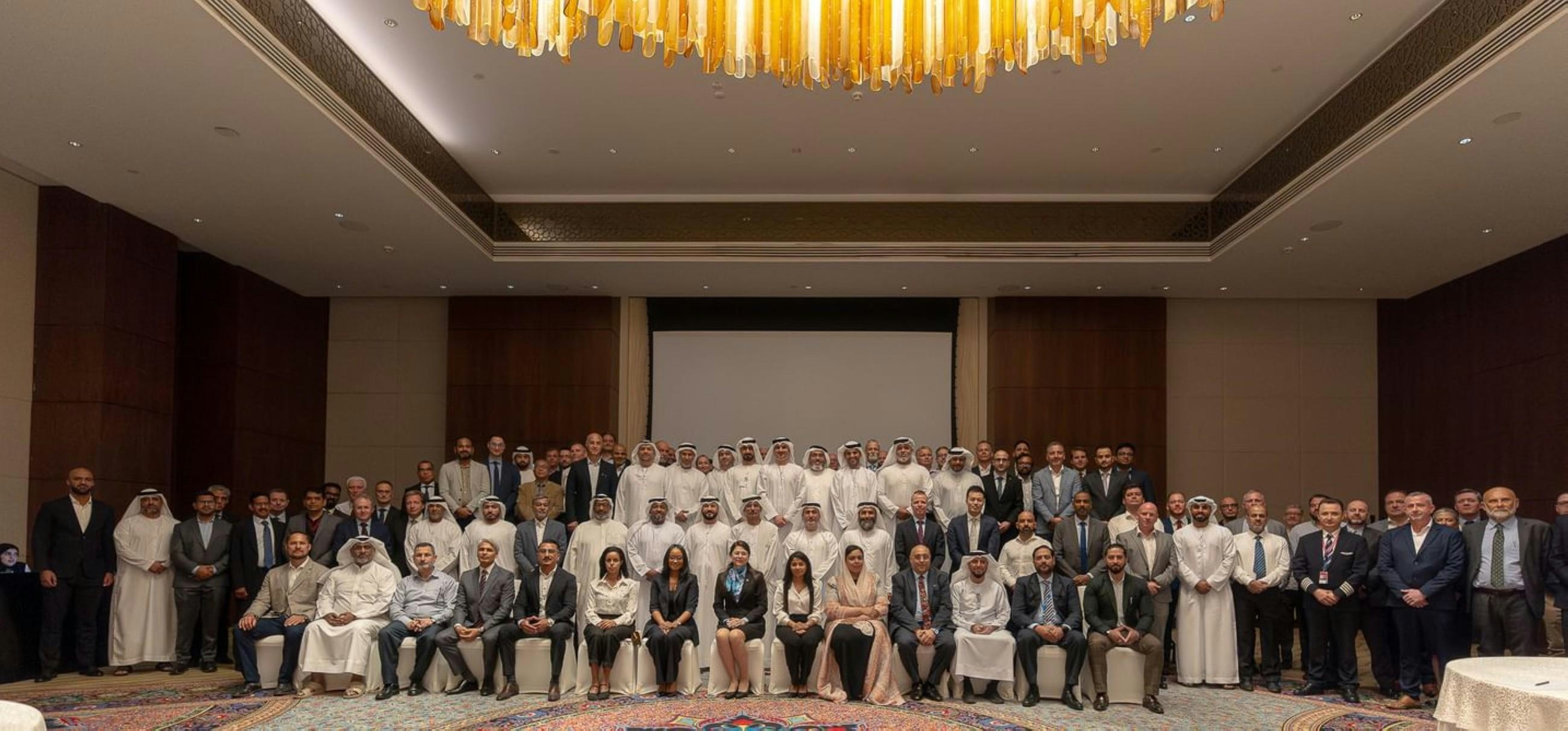
GCAA Hosts ASCC 2025 to Discuss Regulatory Innovation
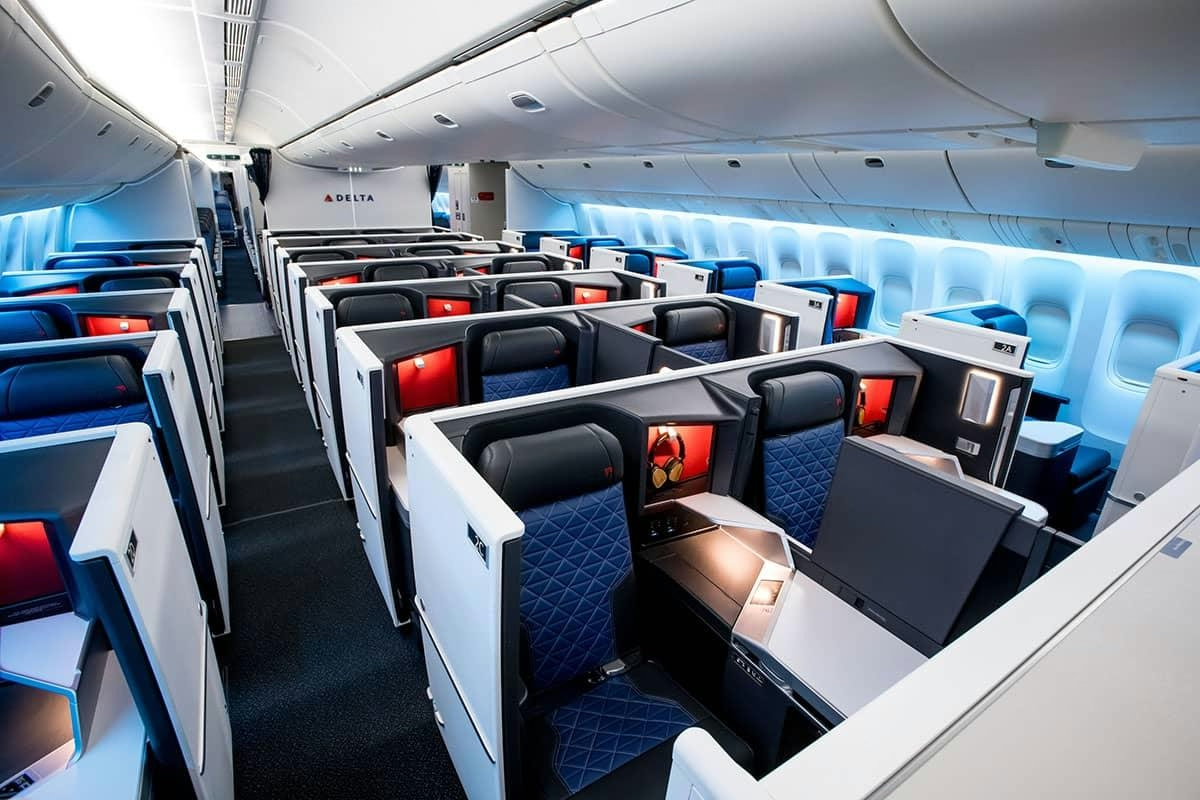
Delta Air Lines’ Primary Hubs for Each Widebody Aircraft
